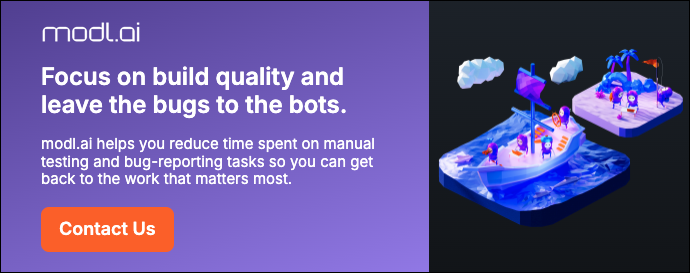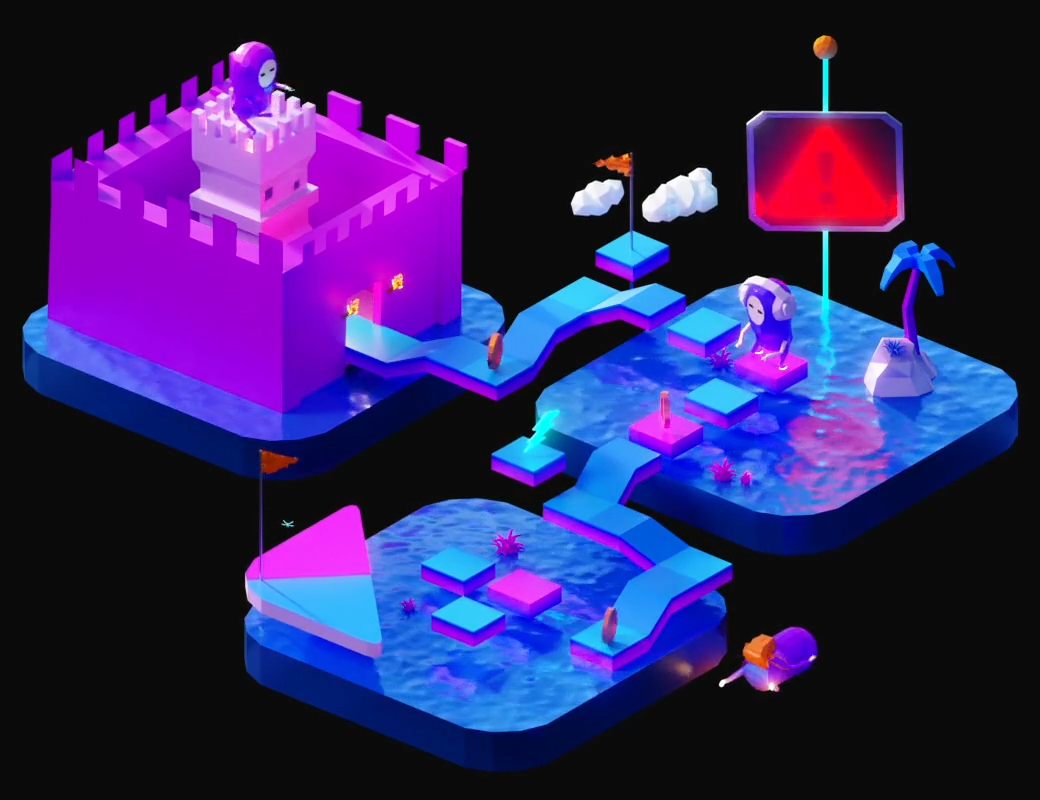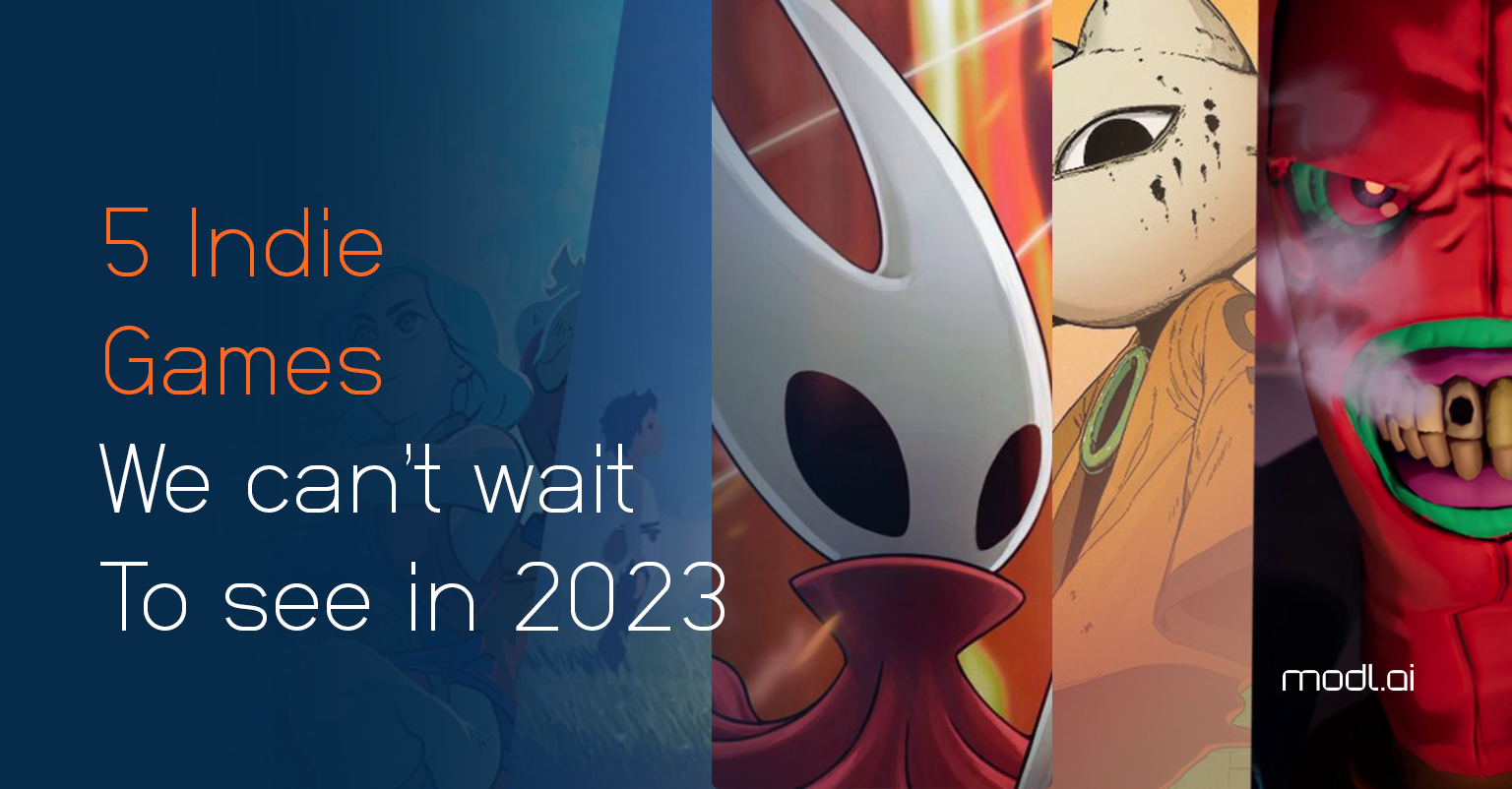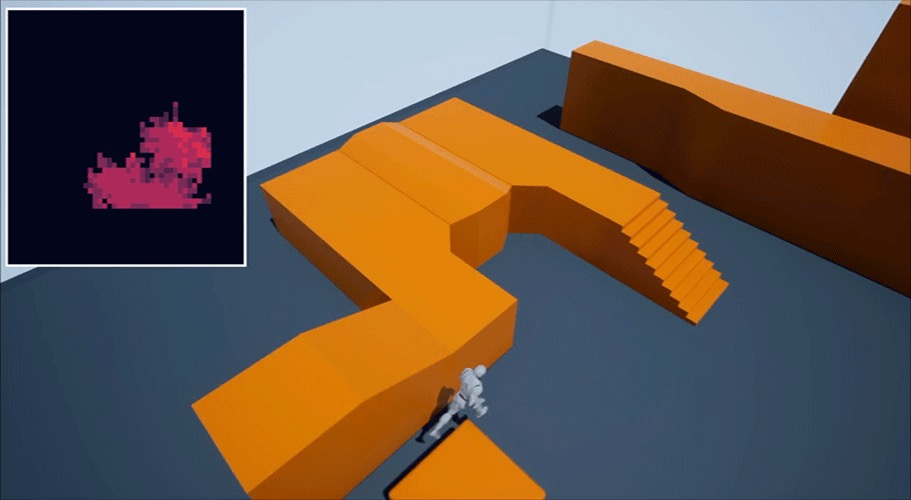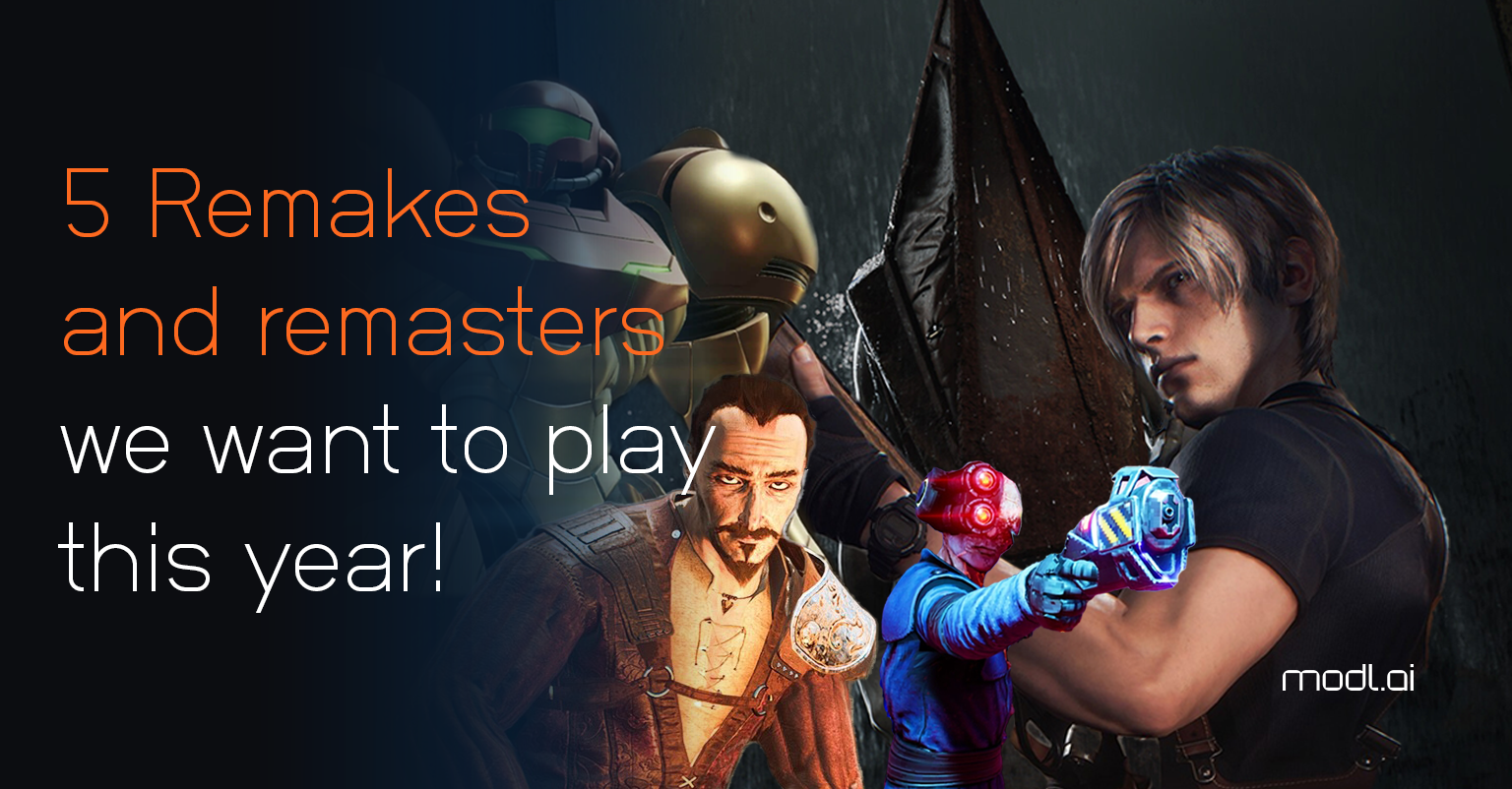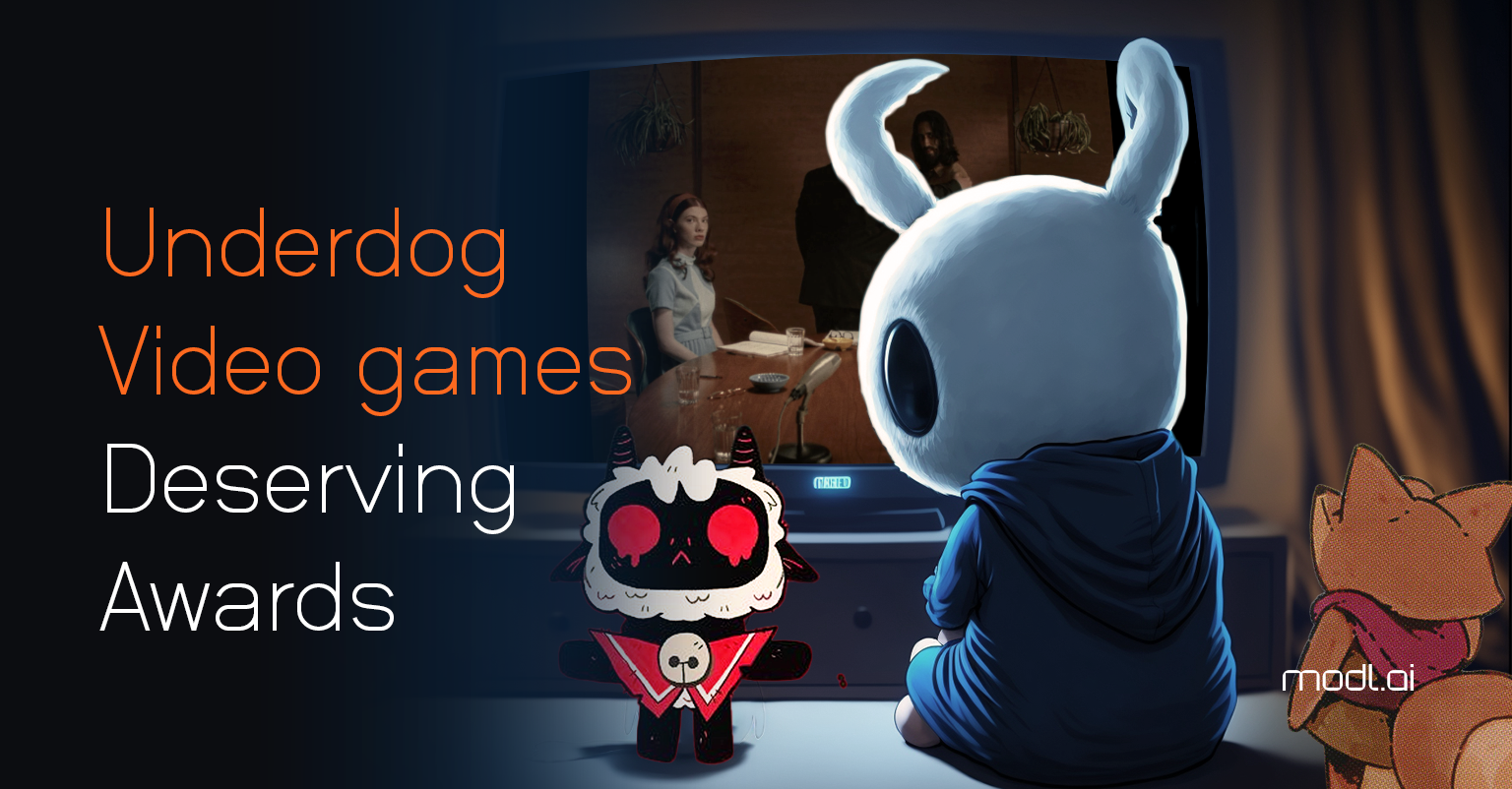Learn how AI can optimize your development process, reduce costs, and enhance player experiences
AI is reshaping the world’s most valuable industries, and video games are no exception. As industry revenues, games are getting bigger and more sophisticated in order to remain competitive. And given the often labor-intensive nature of game development, it’s no wonder tech-savvy professionals are exploring AI to streamline workflows. But how do you make the case for adopting AI in your studio? This article will equip you with the insights you need to show how AI can drive efficiencies and enhance creativity — helping your team stay competitive in an industry set to contribute to AI’s $1.3 trillion value.
From automated testing to skill-matched NPCs and procedural content generation, AI is already helping studios create bigger and better games while minimizing costs. But like any other powerful tool, implementing AI in game development requires thoughtful planning and expertise. While it’s easy to see AI as a catch-all solution, these three specific applications are the strongest starting points for game developers looking to harness AI effectively.
Automated game testing
Quality assurance is one of the most promising applications of AI in game development. By empowering testers with automated tools that can catch and prevent bugs from shipping as part of a comprehensive QA program, AI is helping teams reclaim massive amounts of time and resources. AI-powered automated game testing offers several key advantages over purely manual testing processes:
- Speed & accuracy: AI-driven testing tools ensure faster and more precise bug detection, running numerous test cases in less time than it would take human testers. This speed, combined with high accuracy, means that development teams can identify and resolve issues earlier in the development cycle and de-risk them getting out into production.
- Shorter development times: By automating and parallelizing build and test processes, AI allows for continuous testing of multiple game iterations throughout the development cycle. This dynamic enables teams to accelerate iterative development, catching bugs and performance issues in real time and ultimately shortening development timelines. Similarly, development teams can manage CI/CD optimally.
- Reduced overhead: With autoscaling build testing infrastructure, developers can bypass the need to develop and maintain complex testing environments. AI eliminates the overhead of managing automation tools, allowing teams to focus more on building the game rather than supporting backend systems.
- Time savings: Automated testing frees developers from repetitive QA tasks. Adopting them not only boosts productivity but also ensures that developers can focus on enhancing the gameplay experience instead of getting bogged down by routine testing processes.
It’s benefits like these that led the team at indie game developer Die Gute Fabrik to pursue automated game testing as a solution to their QA resources challenges. As a small, passionate team of 20, success depended on working smarter, not harder. With the help of modl:test, the studio’s sole QA team member was able to do just that.
“Once the bot was implemented, it could play for an indefinite amount of time, and I just had to spend several minutes reviewing a spreadsheet. In a few minutes, I could get outcomes from an entire playthrough of the game, which would take over 10 hours to complete manually.”
Mikaël Bourget, QA Lead for Die Gute Fabrik
| Discover modl:test |
| Want to see how automated game testing can transform your development process? Reduce costs, save time, and improve the quality of your game by letting modl:test’s AI-powered QA bots handle the repetitive tasks. Contact us today to learn more about the future of game testing firsthand! Contact us |
Bug report generation
In addition to running tests, AI can be an immense help in documenting and communicating the results of those tests. Beyond simple generative text assistance, built-to-purpose automated testing tools can provide contextual feedback based on the bot’s in-game exploration and add momentum to the QA pipeline. Specific features and benefits include:
- Visual evidence capture: AI tools can capture screenshots or video clips of the abnormal gameplay behavior the moment a bug is detected, then deliver them in context to a QA professional. They provide clear visual evidence of the issue, making it easier for developers to understand the context of the bug and replicate it without extensive back-and-forth communication.
- Detailed bug descriptions: AI can also be used to draft comprehensive reports, including a detailed description of the bug observed and details on the conditions under which it can be reproduced. This allows for consistency and thoroughness in bug reports, reducing human error and improving communication efficiency between QA teams and developers.
- Intelligent root cause analysis: More advanced AI systems can analyze gameplay data from bug reports and make educated guesses as to what might be causing the bug. While not a replacement for qualified expert review, these tools can reduce developers’ time investigating the issue and speed up triage and fixing processes.
- Suggested next steps: Finally, with enough training, AI tools can recommend next steps or potential fixes based on the bug’s observable qualities and their analysis of the game’s systems. Having a suggested solution to react allows developers to move towards possible solutions faster, reducing downtime and increasing the likelihood of a successful first fix.
Skill-matched player bots
AI-driven, skill-matched player bots offer significant advantages for game designers focused on improving engagement, retention, and monetization in multiplayer games. These bots are designed to behave like human players, adapting to skill levels and play styles, and providing a highly targeted, dynamic player experience without needing to script behaviors that directly impacts core business goals. Their key benefits include:
- Optimized player engagement: AI player bots can be finely tuned to match the skill levels of real players, ensuring balanced and competitive gameplay, regardless of player availability. This reduces player frustration from mismatched skill levels, fostering a more enjoyable and engaging experience that keeps players invested longer. For developers, this optimization is crucial in maintaining active player participation, especially during off-peak times or in games with fluctuating player bases.
- Better retention: By ensuring fair and engaging matches, player bots provide a seamless transition between novice, intermediate, and advanced play without creating gaps in the player experience. Consistent, skill-appropriate matches help maintain player interest, particularly for new players who might otherwise churn due to discouragement from facing mismatched opponents early in their experience. Keeping players engaged through their early learning curve is the best way to hit your retention goals.
- Improved monetization: A direct consequence of improved retention, AI-powered player bots ensure that more players stay engaged for longer, allowing for greater monetization opportunities. The longer players stick around, the more chances they have to make in-game purchases and convert on other promotional offers.
- Game balancing for design iterations: Beyond player engagement in live environments, player bots can be used to simulate different player skill levels during design iterations, providing designers with instant feedback on game balance and mechanics before releasing updates or new content. This feature allows for quicker iteration cycles, reducing the time required for traditional testing methods and ensuring that every update or expansion is thoroughly balanced.
- Scalable testing for real-world scenarios: Player bots can replicate gameplay scenarios at scale, allowing design teams to simulate different player populations, skill distributions, and strategies before launching updates or events. These simulations can help predict how new features or changes in infrastructure will impact the overall player ecosystem, preventing negative player experiences. This scalable testing capability reduces the risk of revenue loss resulting from poorly balanced content.
When Flamebait Games determined they’d need to keep players engaged within their chaotic multiplayer game Forge and Fight, they determined that AI-powered player bots were the solution. Using modl:play, they implemented a hybrid AI solution combining classical AI with imitation learning. This approach ensured bots could mimic human unpredictability and adjust tactics based on real gameplay data. As a result, the player bots not only matched the human-like feel but also enhanced the multiplayer experience:
“If we did the AI alone, I think we would only have been able to create a simple state-machine. That would’ve been a decent but very basic solution. The bots wouldn’t have felt human at all. Given our small team, we chose not to venture into creating bots from scratch and reached out to modl.ai instead. It was a cost-effective solution compared to what we would’ve been able to produce in-house. AI is a sizable chunk of the production, and it seemed easy to detach and outsource.”
Mattias Lindblad – CEO of Flamebait Games
| Discover modl:play |
| Want to deliver better player experiences and increase your game’s day one retention by up to 50%? Modl:play provides developers with virtual players that behave like real humans, ensuring seamless matchmaking across all skill levels. No more empty lobbies or mismatched games—just a smooth, engaging experience that keeps your players coming back. Contact us to learn more. Contact Us |
Want to learn more about AI in Game Development? Read our guide, “AI in Game Development: Boosting Efficiency and Perfecting Player Experience.”
Empower your team with modl.ai
AI is revolutionizing game development by automating complex processes, reducing costs, and enhancing player experiences. Now that you’re equipped with the insights to make a strong case for AI in your organization, the next step is finding the right tools to maximize its potential.
That’s where we come in. At modl.ai, we empower game developers with extraordinary AI technology that helps unlock the potential of their games. With solutions like modl:test and modl:play, we help game studios build better games faster. Contact us today to learn how AI can transform your development pipeline.
